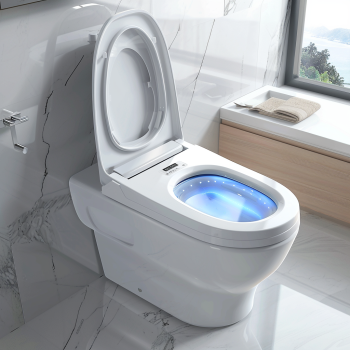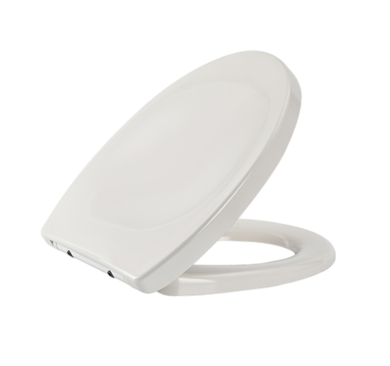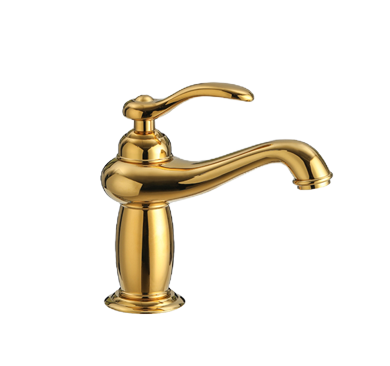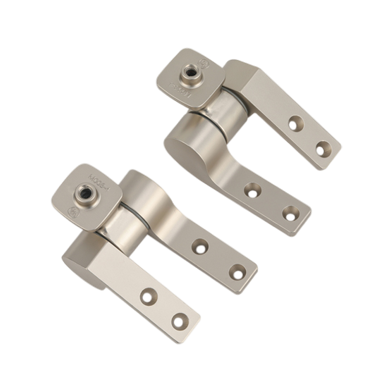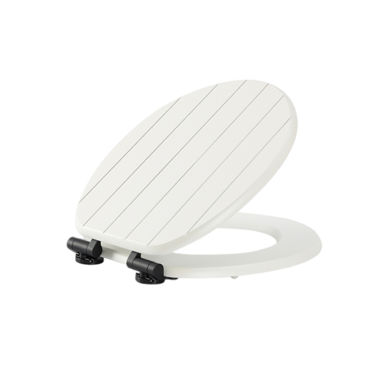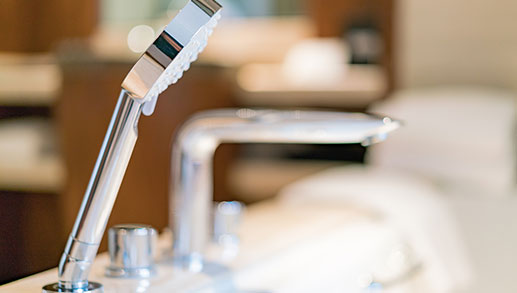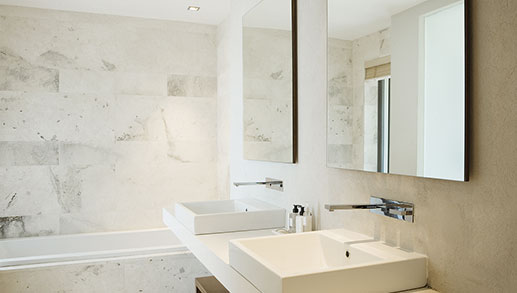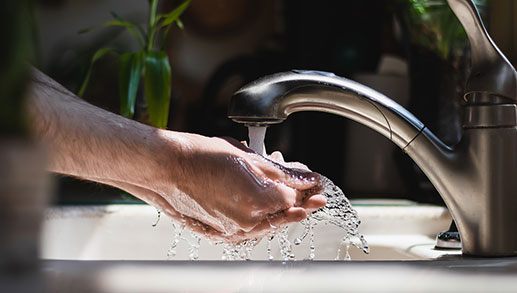
- Toilet Seat Hinges
- Kitchen Faucet
- Bathroom Faucet
- Shower Head
- Bathroom Accessories
- Toilet Seat Dampers
- Zinc Alloy Toilet Seat Hinge
- Stainless Steel Toilet Seat Hinge
- Brass Toilet Seat Hinge
- Pullout Spray Faucet
- Single Hole Faucet
- Tub Faucet
- 2-hole Faucet
- Basin Faucet
- 3-hole Faucet
- Brass Faucet
- Single Handle Faucet
- Double Handle Faucet
- Stainless Steel Faucet
- Automatic Sensor Faucet
- Wall Mounted Shower Head
- Hand Held Shower Head
- Shower Set
- Shower Basket
- Towel Bar
- Towel Ring
- Soap Dish
- Robe Hook
- Paper Towel Holder
- Tub Safety Grab Bar
- Soap Dispenser
- Silicone Oil Damping Rotary Toilet Seat Hinge Damper YMDPTC-1401
- Silicone Oil Damping Rotary Toilet Seat Hinge Damper YMDPTC-2001
- Soft Close Damper for Toilet Seat Hinges YMDPTC-2002
- Soft Close Damper for Toilet Seat Hinges YMDPTC-2101
×
 English
English 